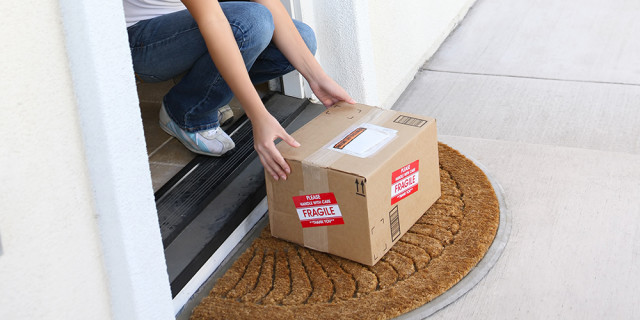How Fulfillment Companies Answer The Call Of Panic
Posted On December 8, 2015 by

Companies are always faced with the age old challenge of trying to offer faster customer service while still trying to remain cost effective and price competitive. Most worry that speeding up delivery will skyrocket costs and possibly price them out of their market space? It’s a scary proposition but the competitive marketplace forces companies to come up with ways to meet increasing customer demands. E-Commerce has shifted customer expectations dramatically across all channels to the point where 24 hour turnaround is the norm these days. So how do the pros offer the call of panic for a last minute order that customers expect on their doorstep the next morning? Through excellent preparation.
A recent study by Booz & Company found that $5 shipping is the limit of what most customers are willing to pay for next day service. When applied to a company’s business model, you have a very different level of service at which you can operate profitably if your average unit selling price is $10, compared to a company that has an average unit price of $100. Each business has to decide if speedy delivery fits into their cost model.
Industrial distributor MSC thought big about how they could use speed as a competitive advantage. They looked at an investment over a 10 year horizon versus a 2 year simple payback approach. They also looked at how they could significantly reduce costs while enabling service and growth. By implementing automation and re-designing their processes for more parallel processing, they were able to reduce cycle time to less than 30 minutes and service 2.5 times the volume with the same number of associates. These changes allowed them to offer the latest order cut-off time in their industry and back their next day delivery promise with a money back guarantee. As a result they turned speed into their number one competitive advantage.
Multi-Channel Ordering Methods
In today’s competitive world, multiple channels of ordering are a necessity. This provides customers the ability to place orders through multiple means such as a company website, a mobile app, affiliate websites, an 800 number, etc. The more effective these methods are, the more quickly the order can be processed. Making sure all your ordering technologies are optimized for speedy ordering and customer service will ultimately improve turnaround time.
Quicker Order Payment Process
Once a customer arrives at a website or a mobile app to place an order for instance, they are often asked to provide several pieces of information that can slow down the order processing time. Implementing a tool like IDology’s identity verification services can speed up ID testing, eliminating wait times. Using a reputable and efficient shopping cart service can also reduce speed of ordering. If cost permits, you may want to have a customized shopping checkout tool integrated into your website. This would allow your company to have better control over server issues that may come up with third party providers.
Maximize Flexibility And Responsiveness
When you are trying to accelerate fulfillment, placing your inventory strategically is important. You need to have your forecast and demand planning down to a science. That kind of accuracy comes at a cost. Often safety stock needs to be in place at the distribution center (DC) to guarantee speed and meet variable demand. You need accurate deployment tools to help you determine where and how much of each SKU to place in each DC. This will provide the flexibility you need to be more responsive to incoming orders.
Making Your DC Lean And Mean
Within the DC, look at ways to reduce processing time. The basic principles of lean are less travel + fewer touches = less cost. Look at ways to add “good touches” such as parallel processing with zone picks, then pick and consolidate to reduce overall cycle time. This will help to reduce the time it takes for orders to travel across zones which can cut as much as 75% of the cycle time. To speed up retail shipments, look at technology based solutions, systems that improve batch picking, print and apply, etc. In some cases, a manual process may be the fastest way. For example, an eCommerce operation may require more manual processing because of higher peak throughput. In this case, the fastest way could be through simple systems that can handle high volume, avoiding systems and equipment that place constraints on throughput.
Faster cycle times can be more expensive but if your top competitive advantage is speed, it may necessitate growth and higher customer retention. Separating your business into customer categories can help to determine which ones have the highest turnaround expectations. Perform a cost analysis for each group to see which ones are most feasible to convert processes and systems for first. This will help you to learn how to work with more complex systems later. In the end, you may find that speed of delivery is only a top priority within certain categories.